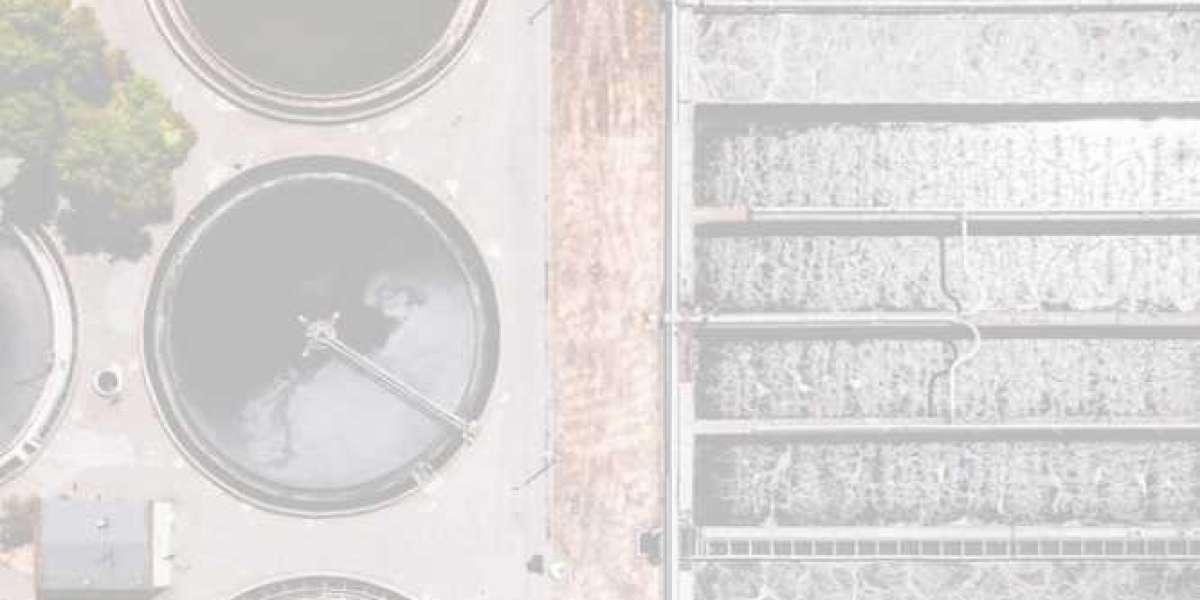Depending on the target and catchment area one may choose from various systems.
While these can be simple and affordable, certain design standards are essential for their effectiveness.
Let’s explore some of the paramount factors that need consideration when planning a system.
Protecting Water Quality Before Storage
There is a common misconception that rainwater is natural and doesn’t require consideration of its quality while storage in a rainwater harvesting system. Several people also assume that chlorine post-storage disinfection can address potential water quality issues. However, both assumptions are incorrect.
To protect the quality of harvested rainwater, it is crucial to ensure the cleanliness of the roof and gutters. Overhanging vegetation should be kept clear, and gutters should be regularly cleaned. Another essential step is the inclusion of pre-tank filters that prevent leaves and other debris from entering the storage tank.
An effective rainwater filter should block material larger than beach sand and prevent water from washing over or filtering through debris to enter the tank. It should also accommodate large rainfall events and include an overflow pipe of sufficient size to prevent water backup into downspouts or other piping near the building’s foundation.
Estimating Potential Use
Evaluating demand and use of rainwater supply is important. If the demand is high, smaller systems may not adequately meet the needs of users. Conversely, there may be a surplus.
Appropriate Sizing for Collection Area
A well-designed rainwater harvesting system must match the available water supply, which is dependent on the roof size, local rainfall patterns, water demand, and storage tank capacity. Generally, a storage tank should be designed to store all the water runoff generated during a single significant rainstorm, typically ranging from 1 to 2 inches of rain. The amount of rainfall that you can collect is governed by the following formula:
1″ of rain x 1 sq. ft. = 0.623 gallons. At Rainwater Harvesting Systems Ireland, we have unrivalled experience in harvesting systems and solutions that bring clean water to you for your needs. You can rely on us for professional water pump repair, sales, plumbing and maintenance. Call us today know the ideal system for your requirements.
Safe and Easy Water Usage
To ensure safe water usage, harvested rainwater should be treated appropriately. If the rainwater will be used indoors, it should be disinfected with chlorine, ultraviolet light, or a similar method. The rainwater harvesting system should also provide sufficient volume and pressure for the intended use. While gravity flow might be adequate for small-scale gardening, most systems will require appropriately sized pumps. It is important to ensure that the pump will not operate when the storage tank lacks sufficient water, as running a pump without water flow can damage it. It is crucial to design rainwater harvesting systems to be user-friendly, as their effectiveness relies on regular utilization.
Minimal and Infrequent Maintenance
Complicated and demanding maintenance requirements often result in neglect and subsequent issues with the rainwater harvesting system. Each property owner’s willingness to perform maintenance tasks may vary. Therefore, it is essential to carefully consider the expected maintenance level and compare it with the system’s requirements. If the system demands more maintenance than the owner is willing or able to provide, it can be concluded that the rainwater harvesting system is not well-designed for that specific user. Ease of access to all components requiring maintenance should be a primary consideration.
Site-Specific Design Considerations
For aboveground storage tanks, it is important to consider the likelihood of freezing temperatures and the system’s functionality under such circumstances. In freezing climates, options include draining the system for winter or burying pumps and small diameter piping below the frost line, adequately wrapping them in heat trace tape, or housing them in climate-controlled enclosures. An underground tank should be appropriately designed to support any potential vehicle load on top. Tanks should be installed in a way that prevents surface water from entering and potentially floating the tank. For aboveground tanks, level, compacted ground with a concrete or gravel base is recommended for installation.
Mosquito Prevention
Designing the storage tank to keep mosquitoes out is crucial. All inlets and outlets should be properly sealed or screened. Additionally, checking for any gaps around pipes is important to ensure effective mosquito prevention.
Preventing Improper Cross-Connection
Many rainwater harvesting systems include a backup water supply, often sourced from municipal water. To prevent cross-contamination, improper connections that allow harvested rainwater to backflow into the municipal water system must be avoided. Any connection between a rainwater harvesting system and other water supply systems should incorporate appropriate backflow prevention devices, such as air gaps or reduced pressure zone backflow prevention devices.
Remember to adjust and modify this information as needed, ensuring it fits the desired length and tone of your publication.
The budget
When selecting a rainwater harvesting system for your property in Ireland, budget is a key consideration. Investing in a rainwater harvesting system for an average-sized home involves various equipment costs that should be carefully evaluated.
In addition to the basic water-butt system, which offers a cost-effective option, more elaborate rainwater harvesting systems are also available. These systems may include advanced features for increased efficiency and water storage capacity.
By comparing the budget requirements of different rainwater harvesting systems, including simple and more elaborate options, we can assist you in deciding on the most suitable system for your property in Ireland.








